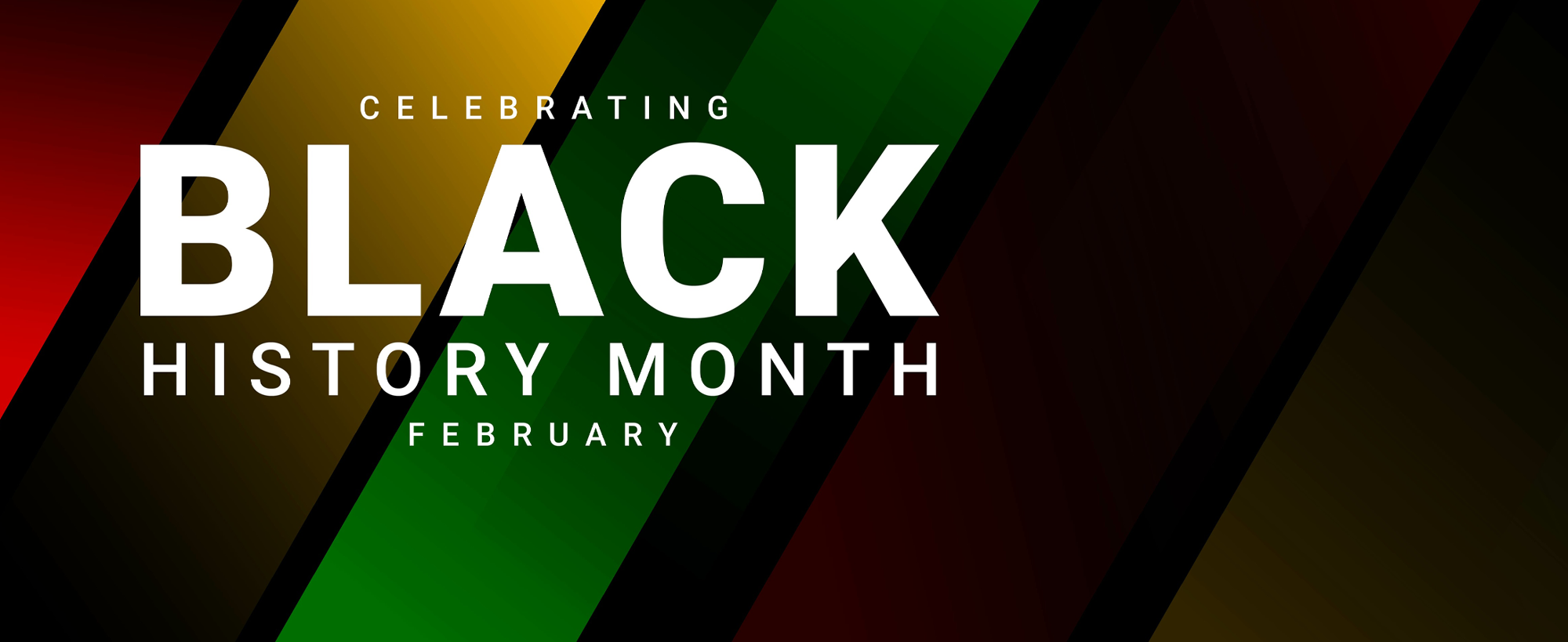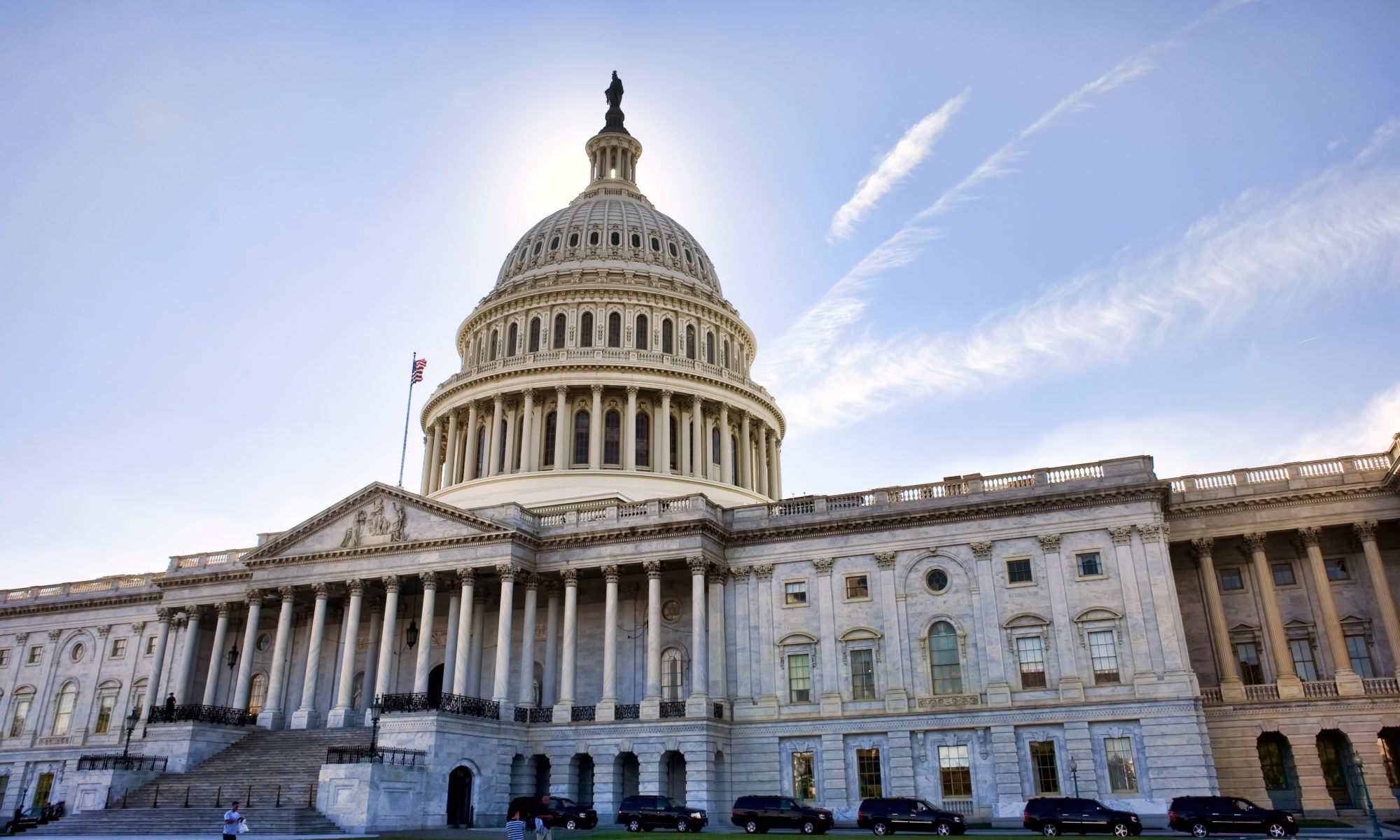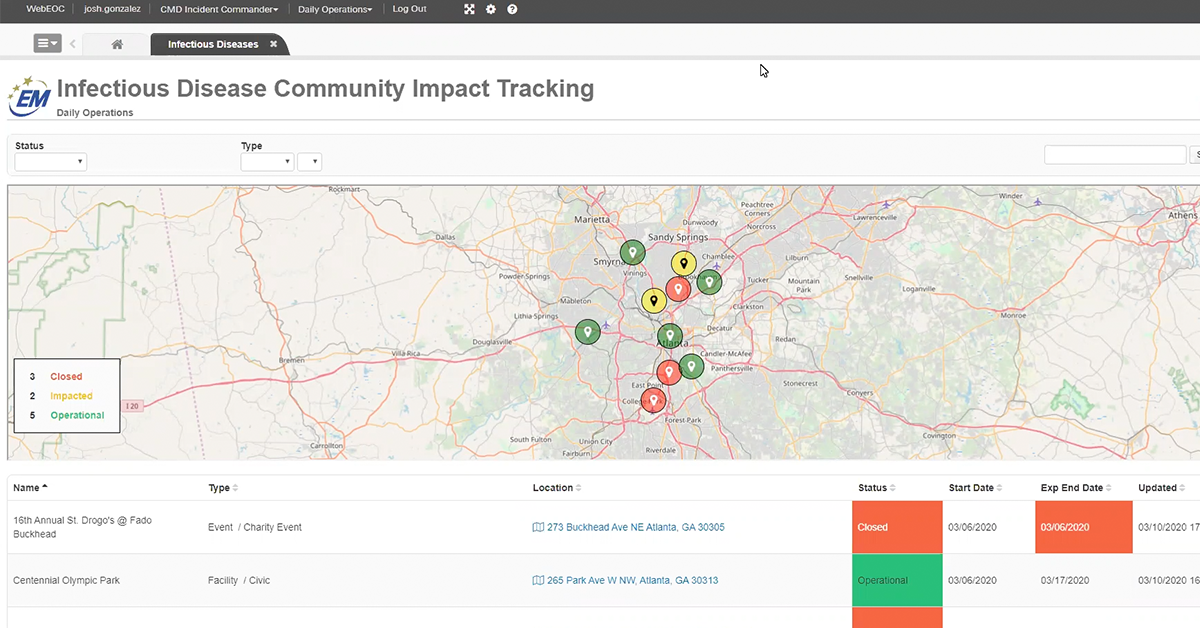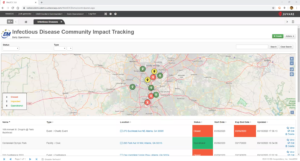This blog post aims to highlight the critical need for advanced emergency management solutions, emphasizing the value of Juvare’s technology in enhancing organizational resilience.
The Age of Unpredictable Challenges
In today’s world, businesses face an array of unpredictable challenges, from natural disasters and cybersecurity threats to global health crises like the COVID-19 pandemic. These incidents underscore the critical importance of being prepared. However, the real question remains: Is your current emergency management process equipped to handle a sudden and severe crisis?
The Imperative for Advanced Preparedness
Research, including studies by Forrester, reveal the profound impact of critical incidents on operations and financial stability. The call to action is clear, organizations need to swiftly and effectively respond to minimize losses and protect their brand. Reflect for a moment: Have you quantified the potential impacts of such incidents on your business? How agile are your current emergency management strategies in adapting to this evolving risk landscape?
Choosing the Right Shield: The Value of Emergency Management Technology
Investing in Juvare’s emergency management technology signifies a commitment to organizational resilience. With features like centralized situational awareness and streamlined communication, Juvare’s solutions foster a rapid and coordinated response to any incident. This section is a pivot towards understanding the tangible benefits of such an investment and reassessing one’s preparedness strategy.
Crafting a Compelling Business Case for Juvare’s Solutions
Convincing leadership to support and fund emergency management technology requires a solid business case. This involves identifying goals, recognizing current process inadequacies, and demonstrating a return on investment. Through a step-by-step guide, this section walks you through defining objectives, identifying business problems, addressing specific processes, demonstrating ROI, and highlighting the importance of integration and collaboration.
Securing a Resilient Future
Making a strategic decision to invest in Juvare’s Critical Incident Management solution is a proactive step towards safeguarding your organization against emergencies. Now, the question to ponder is, how will investing in Juvare’s solutions transform your organization’s preparedness and response strategies?
- Recognize the Importance of Preparedness: In an era marked by unforeseen challenges, including natural disasters, cybersecurity threats, and pandemics, the value of having advanced preparedness and response capabilities cannot be overstated.
- Evaluate Current Emergency Management Processes: Critically assess whether your current emergency management strategies are robust and agile enough to adapt to the rapidly evolving risk landscape. This evaluation should consider the potential financial and operational impacts of critical incidents on your business.
- Understand the Benefits of Emergency Management Technology: Juvare’s emergency management solutions offer centralized situational awareness, streamlined communication, and collaboration, enabling a rapid, coordinated response to any incident, thereby enhancing organizational resilience.
- Articulate a Solid Business Case: Making the case for investing in emergency management technology involves articulating clear objectives, identifying gaps in current processes, and demonstrating a return on investment through enhanced operational efficiency, reduced downtime, and the safeguarding of human and physical assets.
- Emphasize Integration and Collaboration: Highlight the importance of a unified emergency management system that improves collaboration and information sharing. Investing in Juvare’s solutions not only protects people, property, and operations from disasters but also transforms preparedness and response strategies for better resilience.
Find out how to leverage the world’s most widely used, battle tested critical incident management technology to prepare for and respond to emergencies.






